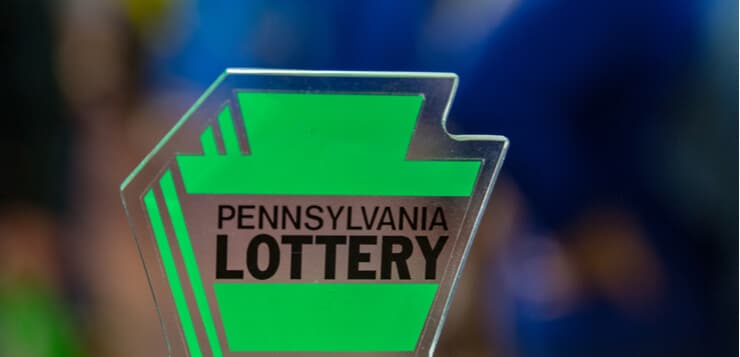The Pennsylvania Lottery faced challenges in 2019-20 from the impact of COVID-19 on retailers and a drop in big multi-state prize games, but it emerged with fiscal year revenue almost identical to that of the year before.
The Lottery issued an annual financial report Monday that showed total net revenue of $1.14 billion for the year ended June 30. The amount was $1,425,962 less than in 2018-19, the Lottery’s record revenue year.
Executive Director Drew Svitko noted in a press release that it marked the ninth consecutive year the Lottery generated more than $1 billion.
“Although we faced many challenges this fiscal year, we are thrilled the Lottery had another successful year in which we generated over $1 billion in profit for the vital programs that older Pennsylvanians rely on throughout the commonwealth,” Svitko said. “We are already hard at work looking for new and innovative ways to continue responsibly growing our business to support our older residents.”
Internet sales provided a boost
One way the PA Lottery got a helpful bump in the past year was from its iLottery. It is among a minority of lotteries that provide play on computers and phone apps.
Officials reported that $731 million was gambled online the past year, a 92% increase from the year before. The Lottery in January added online sales of Powerball and Mega Millions to the games more similar to slot machines that were already available for iLottery play.
Online revenue — the amount after covering prizes and promotions — ended up at $83 million, compared to $45.6 million the prior fiscal year.
The Lottery reported that its traditional game sales at retail locations amounted to $4.47 billion, down nearly 1% in the most recent year. A key factor was the lack of eye-popping multi-state jackpots that attract lots of casual participants who don’t normally buy Lottery tickets.
Powerball sales totaled $137.8 million, down from $260.5 million in 2018-19. Mega Millions sales were similarly off, to $106.2 million from $229.5 million.
Another savior for the Lottery, in addition to its growing internet play, was an increase in its biggest income generator: scratch-off sales. They grew to $3.2 billion from less than $3 billion the year before.
COVID impacted ability to visit retailers
In a recent interview, Svitko told WESA radio in Pittsburgh that the COVID-related shutdown of many of the Lottery’s 10,000-plus retail outlets in March caused an initial drop of 25% in sales. At the same time, online sales increased by a similar percentage to help compensate, though online sales volume is smaller overall than at walk-in outlets.
“Our online play helps us create a better relationship with players,” Svitko told the station. “Those players go into retail stores and are more attracted to our products and more likely to play.”
While revenue narrowly ended up behind the record set in 2018-19, at one point officials worried it would finish far worse. Penn Bets reported previously that in the first five months of the fiscal year, operating revenue was down nearly 14% from the same period a year earlier.
The Lottery’s marketing efforts have tried to drive additional interest to its still-young Keno and Xpress Sports monitor game options, which can be played and viewed in bars and restaurants as well as at retailers and online.
Those did better than the year before, with Keno revenue rising to $47.2 million from $44.5 million and Xpress Sports attracting $6.5 million in play, up from $2.2 million.
Photo provided by Shutterstock






